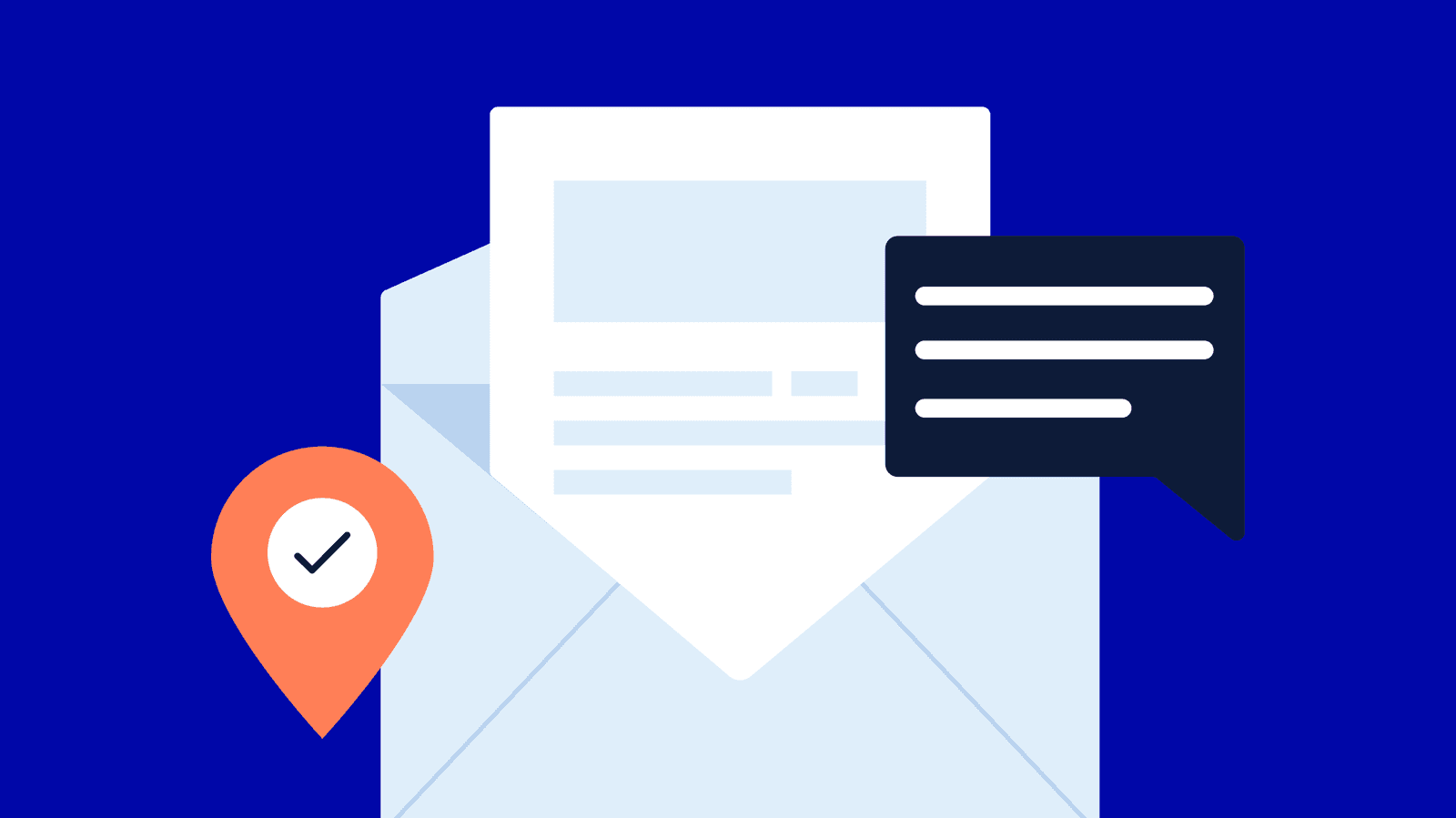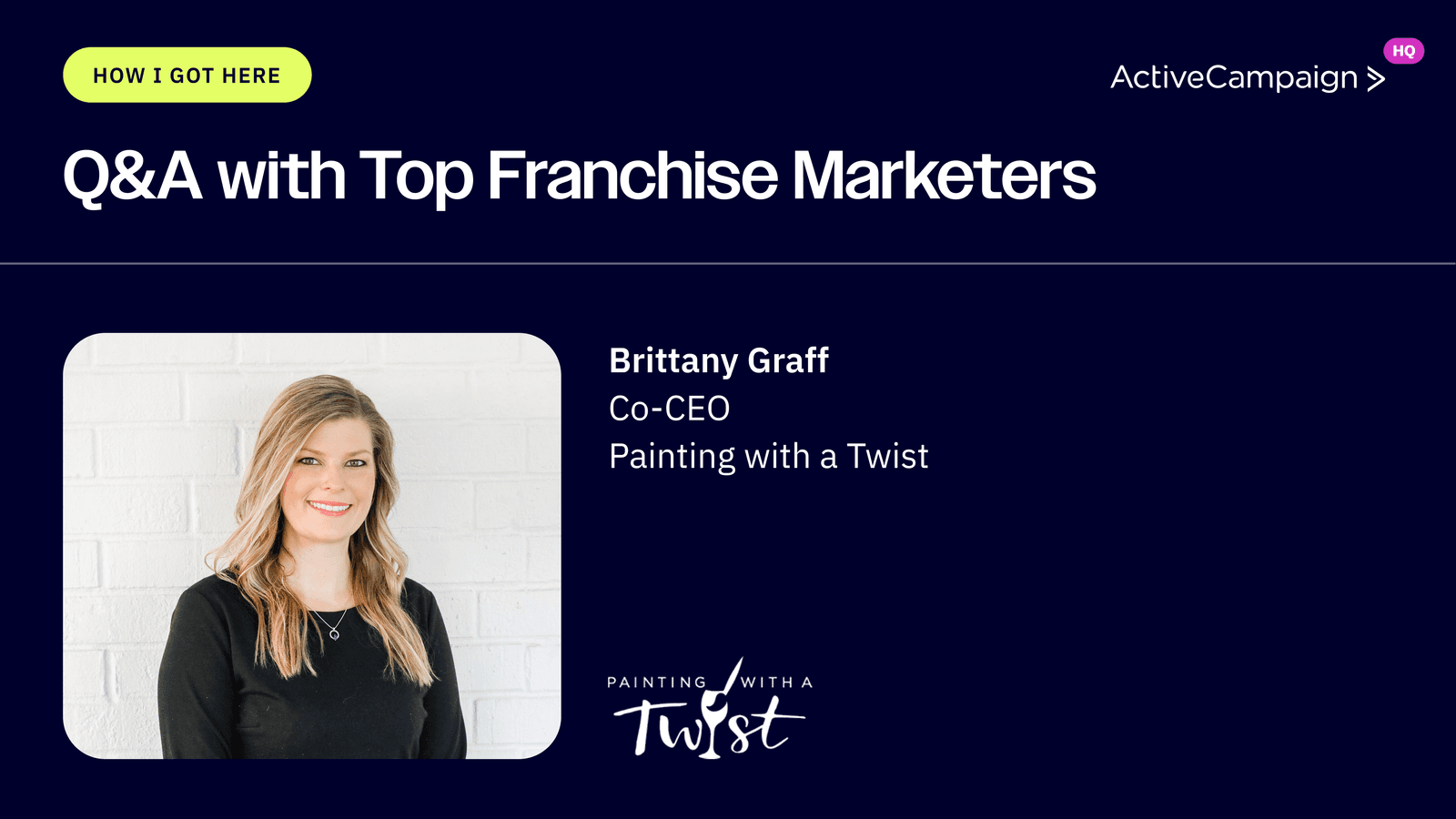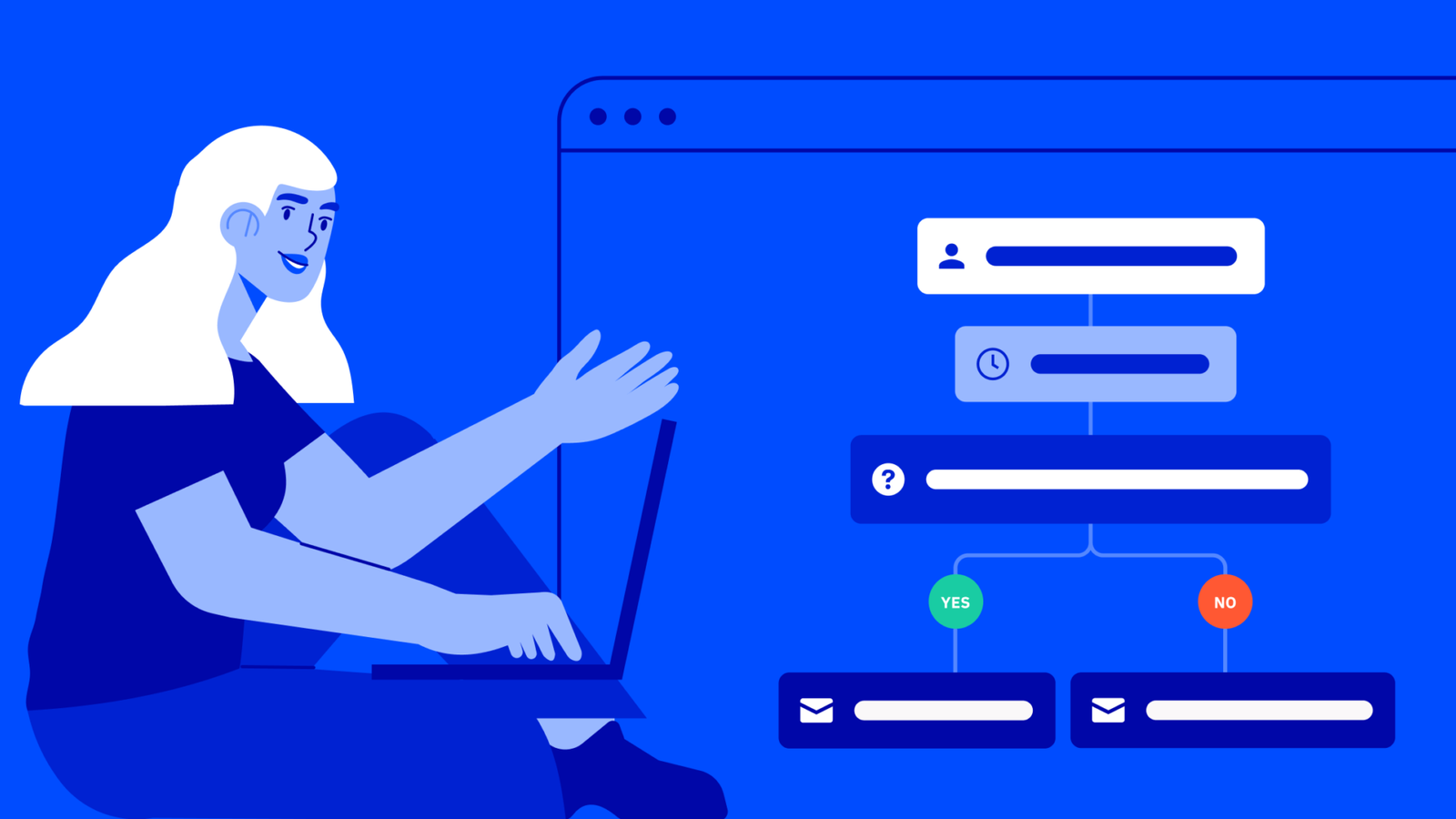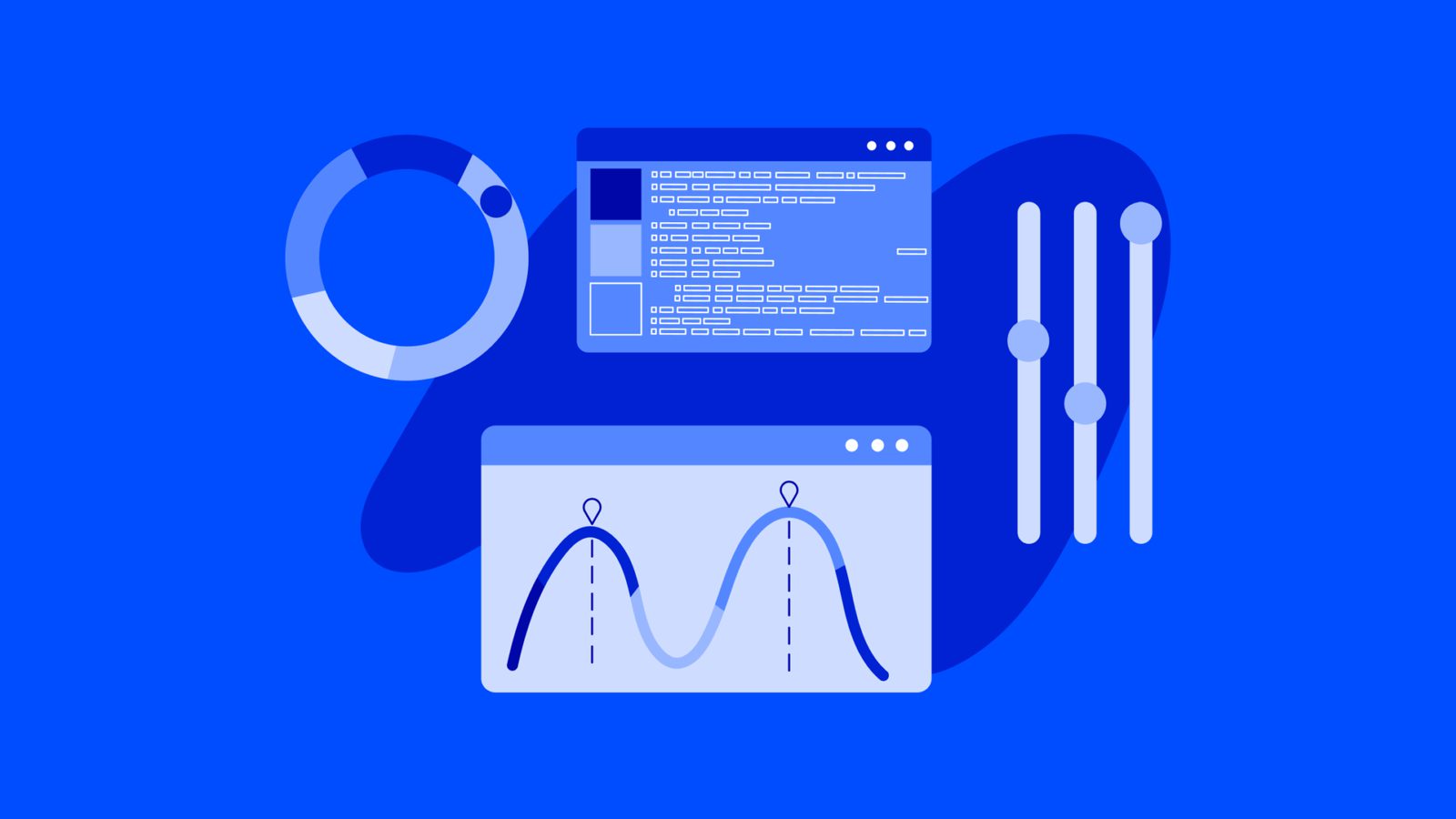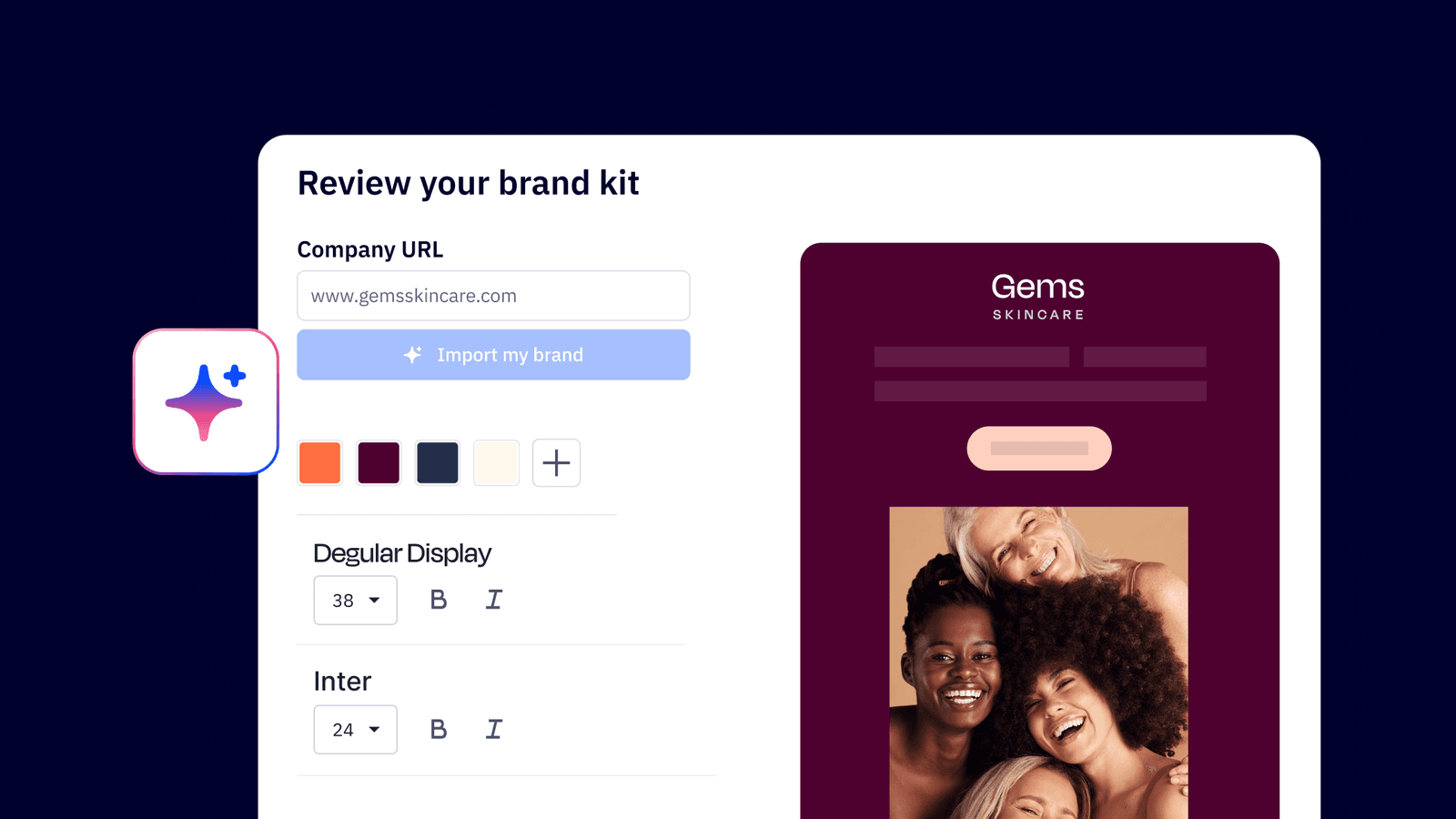You’re producing strong content, but your audience isn’t engaging. Sound familiar? You’re definitely not alone.
Content distribution is a tough nut to crack, even for seasoned marketers. Hitting “publish” is just the beginning. Getting that blog post, video, or case study in front of the right eyes? That’s where most people get stuck.
Here’s the good news: email marketing might just be your secret weapon.
At ActiveCampaign, we’ve helped thousands of businesses connect content to results. From automated marketing campaigns to personalized journeys that bring readers back again and again, we know how to turn content into conversions—and we’re going to show you how to do the same.
In this article, you’ll learn:
- How email marketing works as a distribution engine for your content
- Why email is one of the most effective (and underrated) ways to amplify your content strategy
- The most common content distribution challenges and how to get past them
How does email marketing work for content distribution?
Think of email marketing as your most direct line to an audience that wants to hear from you. While social media algorithms play favorites and SEO takes time to gain traction, email lets you skip the line and land your content straight in someone’s inbox. No middleman. No guesswork.
As part of a broader content distribution strategy, email works alongside channels like social media, paid ads, and organic search. You might post a new blog on LinkedIn, optimize it for Google, and then send it to your email subscribers. Why? Because email gives you control. It’s not reliant on platform algorithms or fleeting trends. It’s reliable, personal, and highly measurable.
And email is an underrated revenue driver. See how online course business Spark Joy New York tripled their sales volume by using ActiveCampaign to automate lead capture and personalize messages based on customer interests.
"Because I email more consistently now, I’ve seen steady growth, and I’m hitting $10k months. This is our best year yet."
— Amy Chinitz, Founder of Spark Joy New York
Using email for content distribution means you’re not just “blasting” updates. You’re strategically sharing your best content, like blog posts, downloadable guides, case studies, or newsletters, with people who’ve already shown interest. With tools like segmentation and automation, you can make sure the right person gets the right piece of content at exactly the right time.
This is not just about sending emails, it’s about building a smarter system to get your content in front of the people who matter most.
Why email marketing is a secret weapon for your content distribution strategy
While social media and search are important, email gives you a direct line to people who’ve already raised their hand and said, “Yes, I want to hear from you.”
4 reasons email wins at content distribution
There are a handful of good reasons why email stands out for content distribution.
Some include:
- You own the channel: You don’t own your audience on social platforms—Facebook, Instagram, or LinkedIn do. Your email distribution list is yours. No matter how the internet changes, you’ve got a stable, reliable way to reach people.
- It performs better (by a lot): Email marketing has a median ROI of $36 for every $1 spent. That’s significantly higher than most other channels, including paid and organic social. Open and click-through rates consistently outperform social engagement rates, too. For example, the average email open rate across industries is around 34%, while the average organic Facebook post reaches only 5% of followers.
- Segmentation and personalization yield better results: Email platforms like ActiveCampaign let you slice and dice your list based on interests, behaviors, or content preferences. That means you can send blog updates to readers who’ve clicked similar topics before, or push new product how-tos only to current customers. Personalization like this can boost email open rates by up to 26%.
- You can measure everything: With email, nothing’s a mystery. You’ll know who opened what, which links they clicked, and whether your content led to conversions, downloads, or signups. This makes it easier to test what works and do more of it.
Email gives you reach without relying on rented platforms, engagement with people already interested in your message, and data to prove your content is working. That’s why it’s not just another channel, it’s your secret weapon for getting your content the attention it deserves.
Learn more: Maybe you’ve landed on this page, but aren’t familiar with what we mean by “content distribution”. Not to worry, we’ve got a handy beginner’s guide to content distribution for you to check out.
Common challenges in content distribution (and how email marketing solves them)
Getting your content seen is where most marketers hit a wall. You may be fighting social media algorithms, dealing with low engagement, or simply not having enough time to promote every blog post or guide.
Here are some of the most common content distribution struggles and how email marketing can help you work smarter, not harder:
Challenge: Low engagement rates
The problem: You pour time into creating content, share it on social, and… crickets. Generic blasts don’t resonate, and audiences tune out fast.
The email solution: Personalization. Email lets you send content based on subscriber behavior, such as what they’ve read, clicked, or purchased before. Tools like ActiveCampaign use that data to automatically tailor messages to individual interests.
Example: A B2B SaaS company noticed blog engagement dropping off. They started segmenting users by product usage and sent content tied to specific features. Engagement jumped 45% within a month.
Challenge: Content discovery issues
The problem: You’ve got great content, but no one knows it exists. SEO takes time. Social posts get buried.
The email solution: Direct delivery. With email, you’re not waiting for your audience to find your content; you’re bringing it to their inboxes. It’s proactive, not passive.
Example: A wellness brand launched a weekly roundup email featuring old and new blog posts tied to subscriber interests. Traffic from email grew by 60%, driving more pageviews than their organic and social combined.
Challenge: Algorithm changes killing reach
The problem: Social platforms change their rules constantly. What worked last month might flop today.
The email solution: Ownership. With email, you’re not at the mercy of a platform. You control the message, timing, and audience.
Example: An e-commerce business saw their Instagram reach drop after an algorithm update. By focusing on growing their email list and sending content-rich newsletters, they regained consistent engagement without needing to pay to play.
Challenge: Limited resources
The problem: You don’t have the time (or team) to manually promote each piece of content across every channel.
The email solution: Marketing automation. With the right setup, you can build workflows that automatically distribute new content based on subscriber preferences or activity.
Example: A digital agency set up an RSS-to-email campaign so every new blog post triggered a personalized update to relevant subscribers. It ran on autopilot and helped grow their monthly site traffic without adding extra workload.
Email doesn’t just help you distribute content, it helps you do it in a way that’s smarter, more relevant, and more sustainable. And once set up, it keeps working behind the scenes to solve some of the biggest content distribution headaches along the way.
How to get started with your email-driven content distribution plan
Ready to put email to work for your content strategy? This section lays out a practical framework to help you build a distribution plan that’s effective and aligned with your broader marketing goals.
The key here is being systematic. Rather than sending content randomly or only when there’s time, this approach helps you consistently deliver the right message to the right people at the right time.
Let’s start with the foundation.
Define clear goals and audience segments
Before you hit “send” on anything, you need to know two things:
- What are you trying to achieve?
- Who are you trying to reach?
Set specific, measurable goals
Your email content distribution plan should tie into outcomes you can actually track.
A few solid goals to aim for:
- Drive traffic to your website by sharing blog posts, guides, or product updates.
- Increase downloads of key content assets like whitepapers, templates, or case studies.
- Nurture leads by sending educational content that answers questions and builds trust.
- Establish authority in your industry by consistently sharing thought leadership pieces.
Having these objectives in place keeps your email strategy focused and makes it easier to measure what’s working (and what’s not).
Segment your audience for relevance
The more targeted your emails are, the more effective your content distribution will be.
Here’s how to break down your list in a way that makes your emails more relevant:
- Content preferences and past engagement: Look at what subscribers have clicked, downloaded, or read before. If someone always opens your “how-to” emails but skips product updates, send more of what they like.
- Position in the buyer’s journey: Are they new leads just learning about your brand? Long-time customers? Tailor content to meet them where they are—awareness, consideration, or decision.
- Behavioral data and website activity: Use page visits, cart activity, or product views to trigger related content. For example, someone reading your blog about pricing might get a follow-up email with a product comparison guide.
- Demographic or firmographic info: If you have location, industry, company size, or job role data, use it to personalize content. A CMO at a tech startup likely needs different insights than a freelancer or a nonprofit leader.
Start here, and you’ll already be ahead of most businesses sending generic, one-size-fits-all emails. Once you have your goals and segments in place, the rest of your email content distribution strategy starts to fall into place naturally.
Learn more: Goal-setting is a crucial step before diving into an email marketing-led content distribution strategy, but it can also be overwhelming. We’ve compiled a list of 20+ marketing campaign KPIs that you can use to break your email campaigns into trackable objectives and growth areas.
Create content that resonates with each segment
Once you’ve defined your audience segments, it’s time to craft (or adapt) content that speaks to them. Relevance is everything. If the content doesn’t feel useful, timely, or aligned with what your subscribers care about, they’ll tune out fast.
Tailor content to fit each segment
Start by matching your content to what each group wants or needs.
- New leads? Focus on educational, top-of-funnel pieces like blog posts or guides.
- Current customers? Send resources that help them get more value, like tutorials, case studies, or feature highlights.
- Industry pros? Lean into thought leadership, data-driven insights, or expert interviews.
A little nuance here goes a long way. If someone downloaded your beginner’s guide last month, sending them a detailed deep dive shows you’re paying attention.
Repurpose what you already have
Take that blog post and repurpose it into a short tip list. Break a long video into a 3-part email series. Pull a quote or stat from a case study and tease the full version in your newsletter. Email is the perfect place to reuse and remix your existing content library.
Keep the branding consistent, even if the format changes
Whether it’s a roundup, spotlight, or newsletter, your voice, visuals, and tone should feel familiar. Use the same logo, colors, and friendly language across formats so subscribers always know it’s you, even if the layout or purpose of the email shifts.
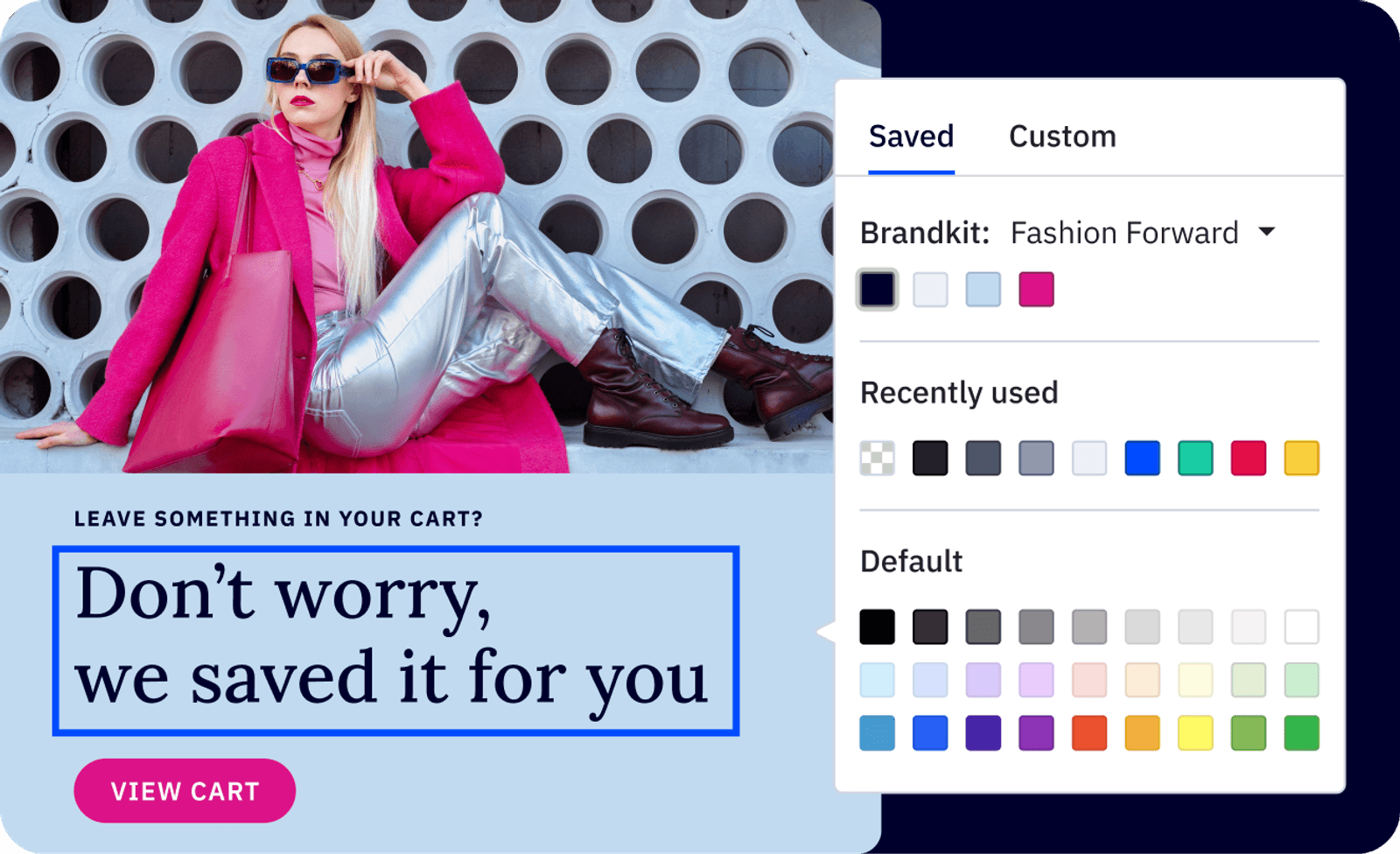
ActiveCampaign’s AI Brand Kit allows you to streamline your branding across all channels, all in the click of a button.
Design effective email templates for content delivery
Your email template is the delivery vehicle for your content, so it needs to be clear, fast, and easy to engage with. A cluttered or confusing design can bury even your best content, while a well-structured email makes it easy for subscribers to see the value and take action.
Keep it clean and scannable
Think minimal, not messy. Use whitespace strategically, stick to 1–2 fonts max, and avoid cramming too much into a single email.
- Use headings to break content into digestible chunks.
- Stick to short paragraphs and bullet points.
- Highlight key insights or stats for quick impact.
Most people will scan before they commit to reading, so your layout should help them quickly understand why they should care.
Nail the subject line and preheader
Your subject line is the first impression. Make it clear, concise, and benefit-driven. Avoid clickbait, but don’t be afraid to get creative or a little playful if it fits your brand.
Your preheader (those 1–2 lines that serve as a preview next to the subject line) should reinforce the message or tease what’s inside. It’s your second hook; use it to add context or curiosity.
Example subject line: “5 Expert Insights From This Week’s Content Drop”
Example preheader: “From SEO to storytelling—these tips are worth the scroll.”
Place CTAs strategically
Calls-to-action (CTA) are how you turn engagement into results. Each email should have a clear primary CTA (and maybe one subtle secondary one).
Keep your buttons:
- Visually distinct (color contrast helps)
- Action-oriented (“Read the post,” “Download now,” “See how it works”)
- Easy to find, ideally near the top for skimmers, and again at the end for readers who make it through
Don’t go overboard with five different buttons. Too many CTAs can dilute your message and lower conversions.
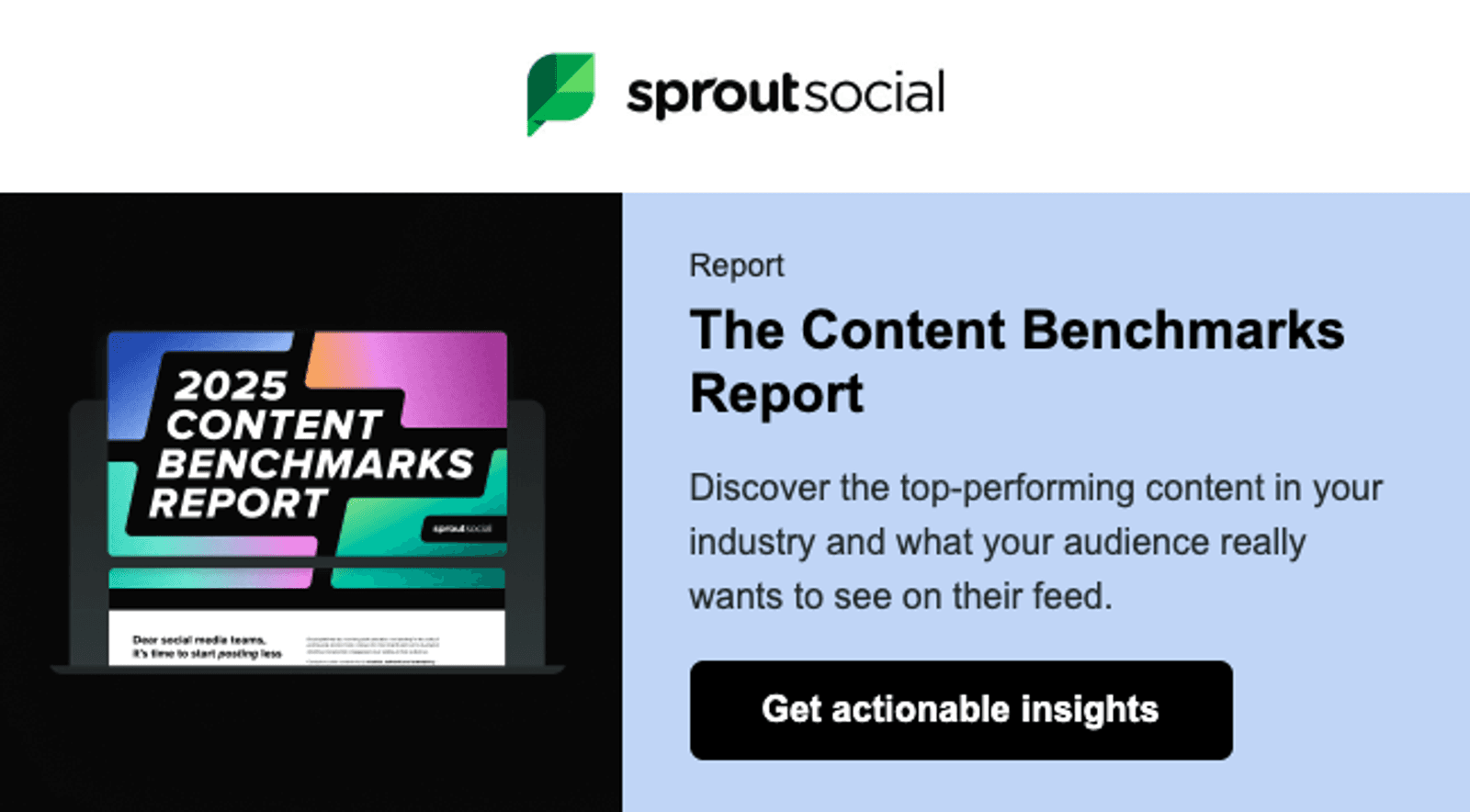
In their newsletter, Sprout Social has a straightforward and well-designed CTA.
Design for mobile first
With more than 50% of emails opened on mobile devices, mobile-first design isn’t optional; it’s essential.
- Use responsive templates that adjust to different screen sizes
- Keep your font sizes readable (14–16px for body text)
- Make buttons tap-friendly (at least 44px high)
- Avoid side-by-side columns that don’t stack well on small screens
Always test your emails on both desktop and mobile before hitting send.
Use visual hierarchy to guide attention
Great design naturally draws the eye where you want it to go. Use hierarchy to make sure your most important content stands out.
- Lead with your main headline or value statement.
- Follow with a hero image or bold stat.
- Support with a short summary or snippet of content.
- End with a strong CTA.
The goal is to help the reader flow through the content without friction; no guessing, no searching, just simple and smart layout choices.
Learn more: If you’re itching to get started, but have never written up an email template before, we’ve got you covered. Check out our extensive library of 250+ responsive email templates.
Implement automation and drip campaigns
Once your content and templates are ready to go, it’s time to put email automation to work. Automation helps you consistently deliver valuable content without manually pressing send every time.
Here’s how to set up drip campaigns and automated workflows that move your content further and faster.
Set up workflows by content type
Different types of content call for different automation strategies. Start by thinking about which content pieces naturally group together and how they can be delivered over time.
- Welcome sequences: When someone joins your list, introduce them to your best content first. This could be a 3–5 email series that walks them through cornerstone blog posts, popular guides, or foundational concepts. You’re not selling here, you’re establishing trust and showing value right away.
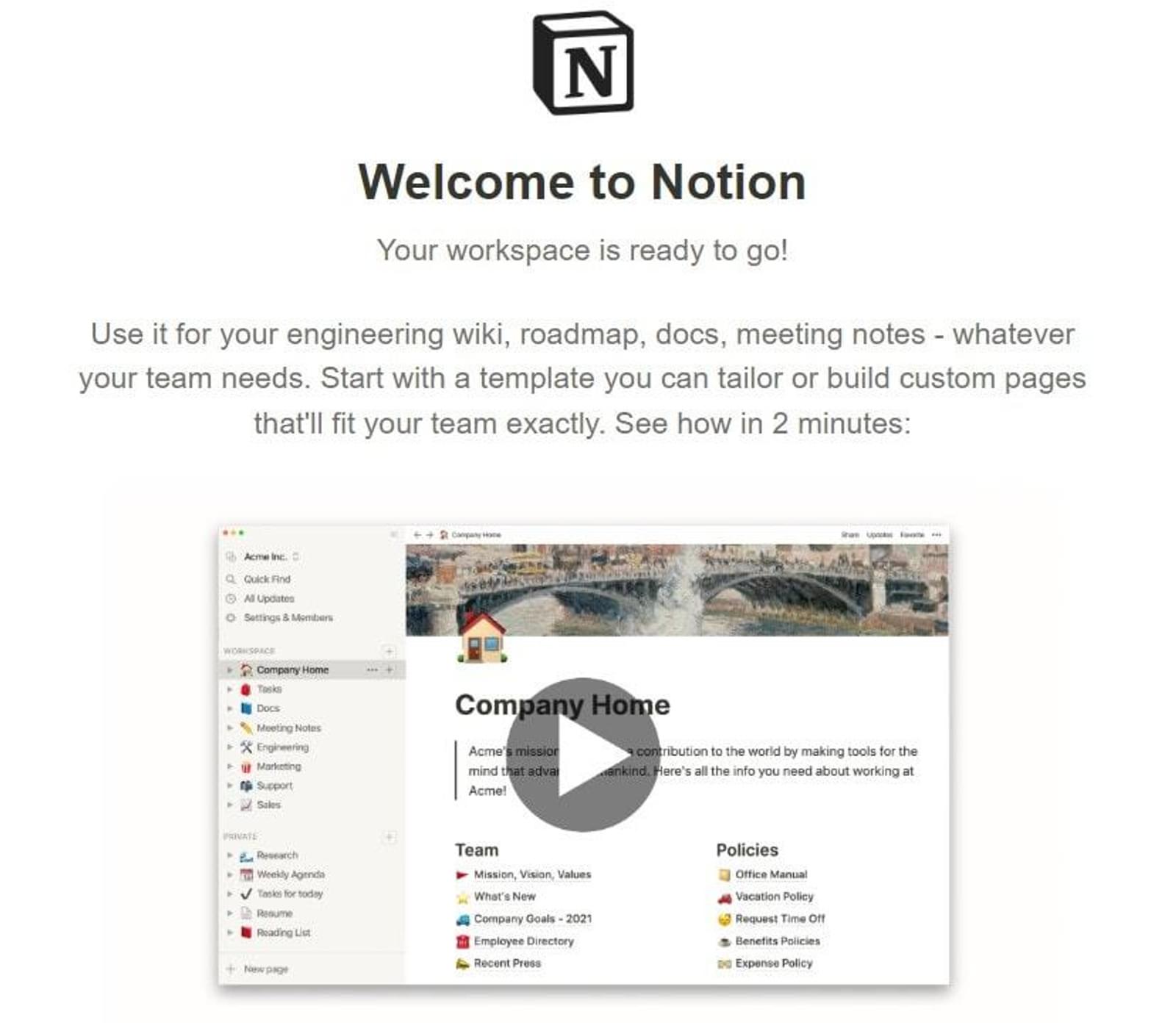
Notion’s welcome email begins with a handy instructional video on how to get started.
- Blog update notifications: If you post regularly, let people opt into topic-specific updates. With segmentation and tags, you can trigger emails based on what each subscriber is interested in, like only sending SEO blog updates to those who’ve shown interest in search topics.
- Resource libraries in bite-sized chunks: Got a dense collection of whitepapers, templates, or reports? Break them up into a series and space them out so they’re easier to digest. Drip campaigns can introduce one asset at a time with a short explanation and CTA.
- Re-engagement campaigns: When someone hasn’t interacted in a while, re-spark interest by showcasing your best-performing content. Think “Top 5 Articles You May Have Missed” or a roundup of greatest hits with fresh commentary.
Timing tips for content drips
The key to a good drip campaign is spacing content in a way that keeps people engaged, without overwhelming them.
- Welcome series: 3–5 emails over 7–10 days
- Educational series or content libraries: 1–2 emails per week
- Blog updates: Weekly or bi-weekly, based on publishing cadence
- Re-engagement: 2–3 emails over 7 days with a final “Still interested?” message
Monitor engagement data to fine-tune. If open rates drop halfway through your sequence, the pacing (or content) might need adjusting.
Use behavioral triggers to boost relevance
The real power of automation comes when emails are triggered by user actions. Instead of everyone getting the same drip, you deliver content tailored to each subscriber.
For example:
- If someone clicks on a link about content strategy, follow up with a related guide.
- If a subscriber watches a webinar, send a blog series that expands on the topic.
- If someone hasn’t opened the last three emails, trigger a lighter “Still with us?” message or pause the drip entirely.
These behavioral triggers help you stay relevant without being intrusive and make your email program feel more like a helpful conversation than a broadcast.
Personalize beyond basic segmentation
Once you've nailed down general segments, go a step further with personalization tactics that make your content feel one-on-one.
- Dynamic content blocks: Use dynamic content blocks that change based on subscriber data like industry, role, or past behavior. For example, a marketer sees marketing tips, while a sales rep sees sales-focused advice, all within the same email.
- Micro-segmentation: Slice your audience into specific groups—think SaaS marketers in mid-sized companies who downloaded a lead gen guide. Then deliver hyper-relevant content just for them.
- AI-powered content selection: Some platforms can automatically select which blog post, article, or resource to include based on each person’s preferences and past engagement.
Learn more: If you’re unsure about personalization and how to apply it based on your audience segments, we’ve got you covered with a complete guide to personalizing content.
Measure results and optimize your approach
Content distribution doesn’t stop at the send button. To get better results, you need to track what’s working and what’s falling flat.
Move beyond open rates and start measuring what really matters:
- Content-specific click-through rates: See which topics or formats drive the most clicks so you can double down on what works.
- Time spent with content after clicking: Use UTM tags and tools like Google Analytics or heatmaps to track how long subscribers engage with the page they land on.
- Conversion actions: Did someone download a guide? Request a demo? Subscribe to a newsletter? Connect email activity to downstream behavior for the full picture.
- Sharing or forwarding rates: If people pass your content along, that’s a strong signal of quality and great organic reach.
Test, tweak, repeat
A/B testing helps you optimize without guessing. For content-focused emails, try testing:
- Subject lines with different content angles
- Layouts with one piece of content vs. multiple
- CTA placement or language (“Read now” vs “Get insights”)
- Dynamic content vs. static content blocks
Advanced tactics for email-driven content distribution
If you’ve already got a handle on the basics, such as segmenting your list, sending valuable content, and automating key workflows, it’s time to move into more advanced territory.
AI-powered content curation and recommendations
AI can analyze what your subscribers engage with—clicks, scrolls, downloads—and use that data to automatically suggest the most relevant content for each person. Machine learning tools get smarter over time, adapting to shifts in subscriber behavior and fine-tuning recommendations with every interaction.
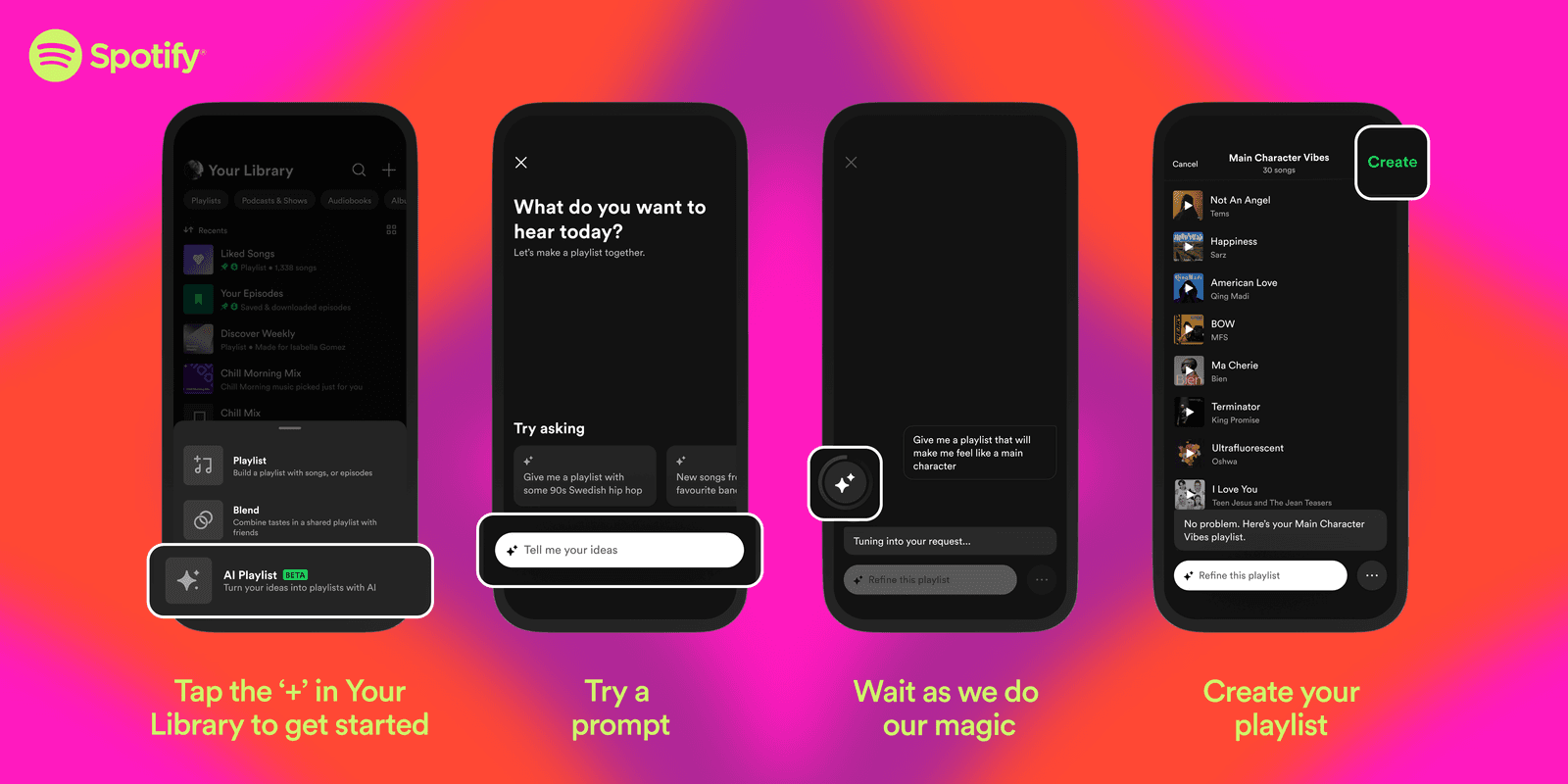
Brands like Netflix and Spotify have set the gold standard for this kind of experience, but email marketers are catching up.
Getting started: Look for ESPs that offer predictive content tools, dynamic blocks, or integrations with AI-powered content recommendation engines. Start small by setting up a recommendation block that swaps in content based on engagement tags or site behavior.
Interactive and gamified email experiences
Static emails are fine, but interactive ones? That’s where things get interesting and way more engaging.
Interactive emails can invite readers to participate rather than just scroll. Try:
- Quizzes that guide readers to tailored content
- “Choose your own adventure” flows that let subscribers click their way through content paths
- Infographics that react to clicks
- Polls that ask what topics your next newsletter should cover
SaaS brands and media companies alike are using this format to boost click-throughs and uncover deeper audience insights, all while distributing relevant content in more memorable ways.
Multi-channel content distribution integration
Email may be the backbone of your content distribution, but it’s even more powerful when connected with other channels. By syncing email content with social media, SMS, and web content, you can meet your audience wherever they prefer to engage, without diluting your message.
Take ActiveCampaign’s integration with TextMagic, for example.
With it, you can:
- Send and receive text messages tied to content workflows.
- Forward important emails as SMS to distribution lists.
- Convert email content into text and deliver it to any mobile device.
This makes it easy to coordinate campaigns across email and SMS—great for time-sensitive updates, content reminders, or driving traffic to long-form articles on your blog.
How ActiveCampaign powers effective content distribution
ActiveCampaign gives you the tools to make it happen, without the guesswork or manual grind.
With segment-based automation workflows, you can build journeys that automatically send the right content to the right people based on tags, interests, behaviors, or any custom data you track.
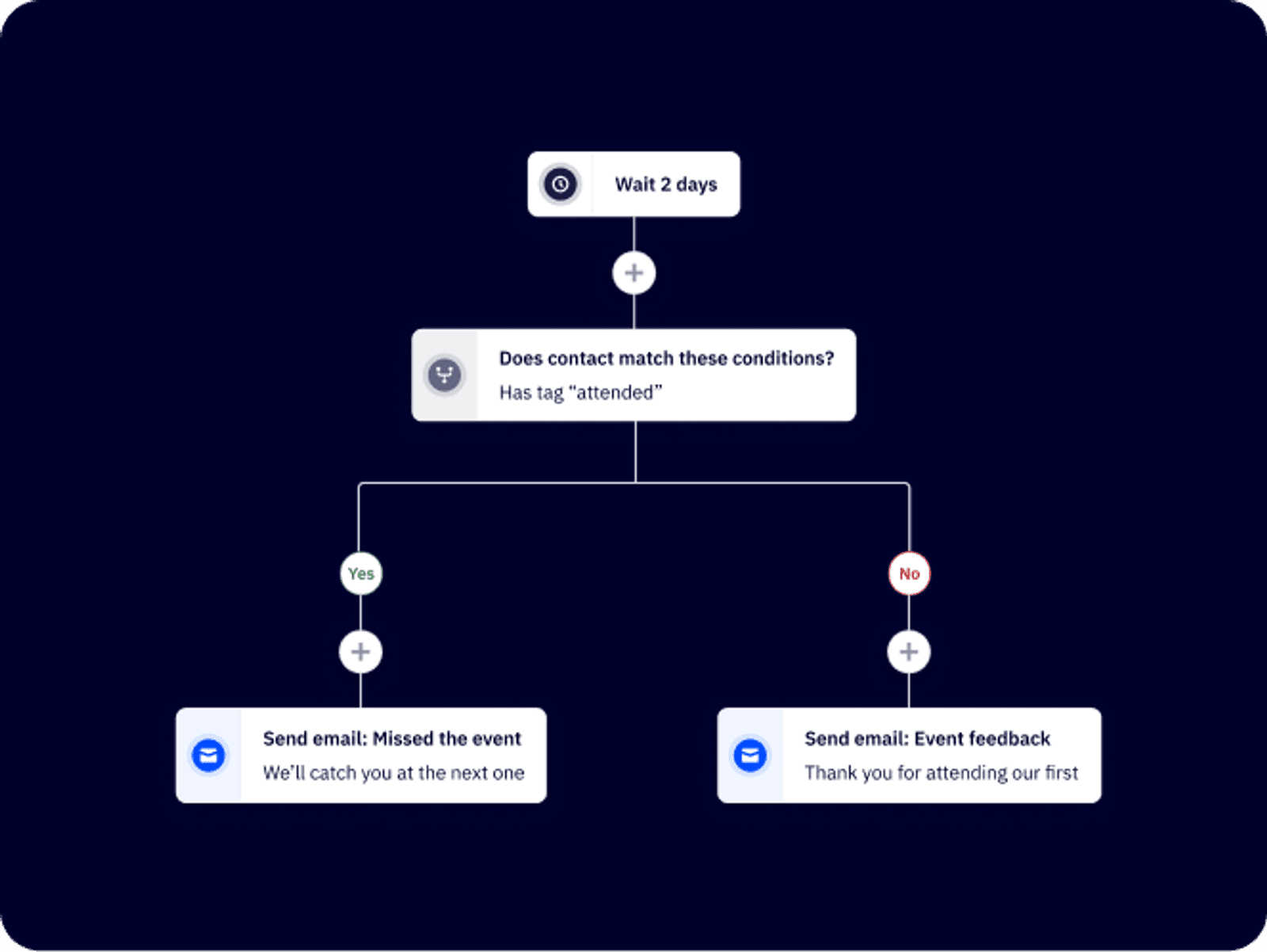
Dynamic content blocks allow you to tailor your emails without creating multiple versions. These blocks swap in different content depending on who’s reading. Think of it as personalization without the production headache.
Predictive sending uses machine learning to figure out the best time to hit send for each subscriber, boosting the odds they open and engage with what you send.
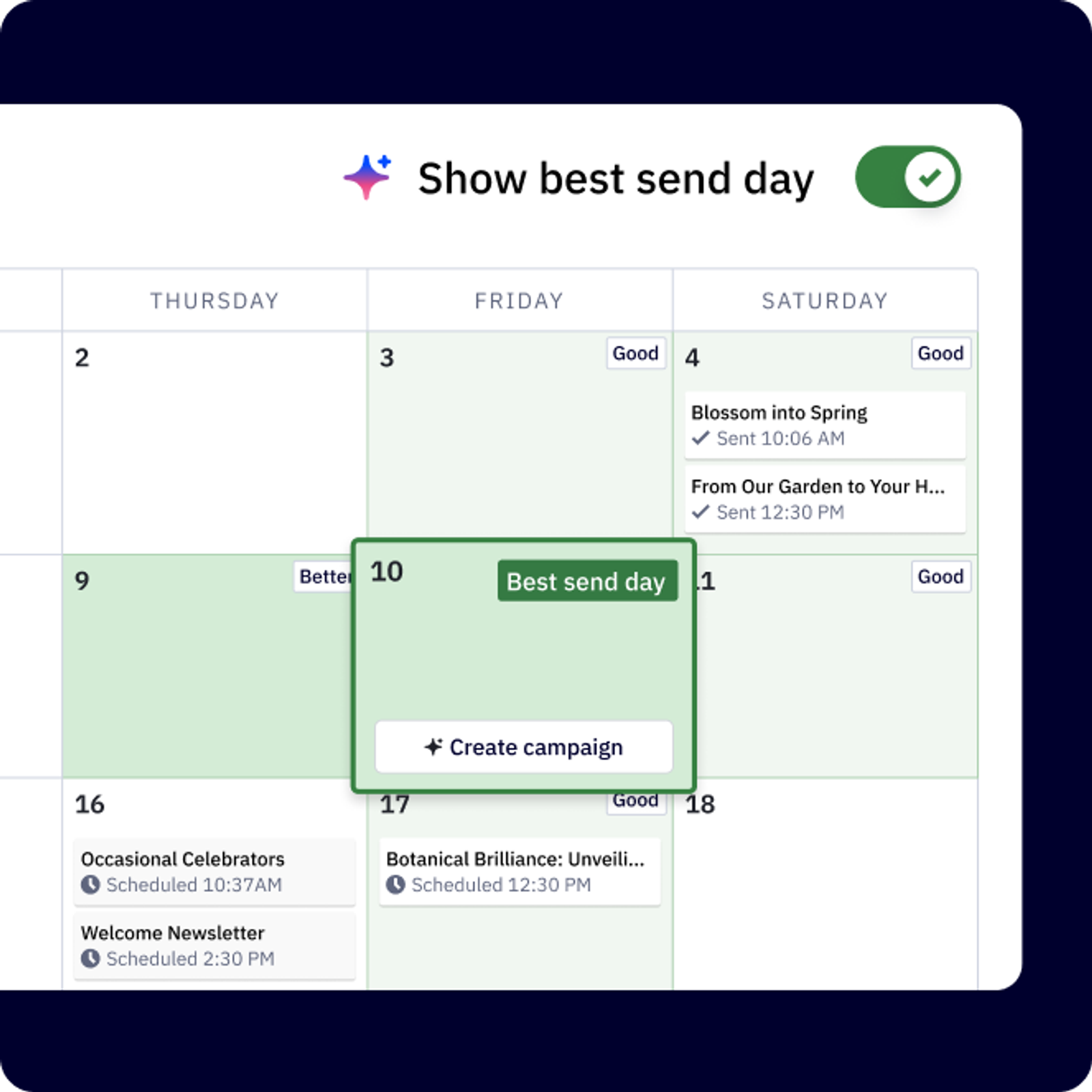
And with site tracking, you can send content based on what people are doing, like visiting your pricing page, reading a blog post, or downloading a white paper. Those actions become triggers in your automated workflows, helping you deliver exactly what they need, when they need it.
How to set it up:
- Create a segment based on behavior, preferences, or tags (e.g., "Visited blog category: AI").
- Build an automation that sends content based on that segment—add delays, if/then conditions, and tags as needed.
- Use dynamic blocks in your email template to personalize messaging by role, industry, or content interest.
- Turn on predictive sending to let ActiveCampaign choose the best time to deliver.
- Add tracking and UTM codes so you can tie email clicks to content outcomes in reports.
- Run an A/B test on your email subject line or CTA layout to boost results over time.
FAQs about email marketing for content distribution
Let’s address some lingering questions.
How can I improve open rates for my content emails?
Focus on writing compelling subject lines, use preheader strategically, and send at optimal times (or use predictive sending). Segmenting your audience and making the content feel personalized also boosts open rates.
How can AI improve my email content distribution?
AI can analyze subscriber behavior to recommend the right content for each person, optimize send times, and personalize emails at scale. It also helps you automate curation and refine what content gets shared, so every email feels timely and relevant.

